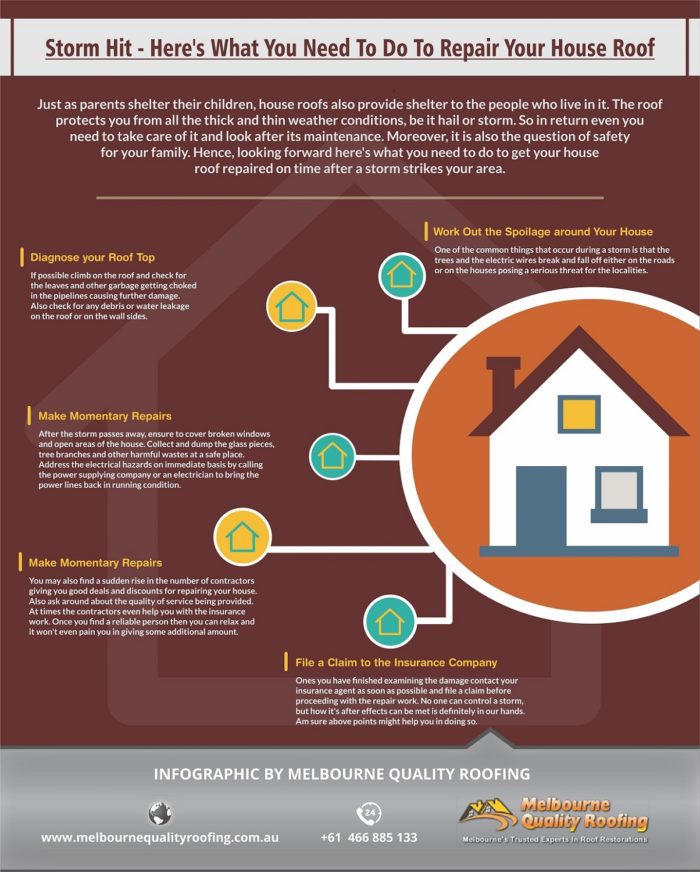How Climate Conditions Shape Roofing System Installment: The Best Seasons For A Successful Result
How Climate Conditions Shape Roofing System Installment: The Best Seasons For A Successful Result
Blog Article
Material Writer-Figueroa Hedegaard
When it comes to roofing system installations, the weather condition can make or break the job. Think of https://www.candgnews.com/news/school-board-approves-bond-roofing-project-117147 of dealing with products that will not comply due to extreme warmth or fighting slippery surfaces triggered by unanticipated rainfall. Recognizing the impact of climate condition on your roof covering task is vital for an effective result. So, allow's explore exactly how different weather components can affect the high quality and durability of your roofing installation, ensuring a job well done.
Influence of Temperature Level on Roofing Installment
When it involves roof covering installation, temperature plays a crucial role at the same time. The suitable temperature for roof jobs normally drops between 45 and 85 degrees Fahrenheit. Severe warmth can cause products like roof shingles to come to be also pliable, resulting in possible damage during installment. On the other hand, chilly temperature levels can make materials brittle and prone to cracking. https://titusbywql.luwebs.com/31805538/guarantee-your-home-is-ready-for-the-arrival-of-a-roofer to schedule roofing system installments throughout modest temperature levels to make certain the very best end result.
During chillier weather, specialists may require to take added safety measures such as making use of heated tools or permitting materials to heat up before installation.
In contrast, hot weather may call for job to be done previously or later in the day to avoid the peak temperatures. By considering the temperature and its effects on roofing products, you can aid make certain an effective installment that will withstand the components for several years ahead.
Impact of Precipitation on Roofing Projects
Roof tasks can be dramatically impacted by precipitation, affecting both the timeline and the top quality of the installment. Rainfall or snow can create slippery problems, making it hazardous for contractors to deal with a damp surface area. Additionally, wetness can jeopardize the bond of materials like roof shingles or underlayment, bring about prospective leakages or problems in the future.
If it rains during a roof covering project, the water can leak right into susceptible locations, triggering delays as the installment crew must wait for the roof covering to dry prior to continuing. Too much moisture can likewise advertise the development of mold and mold, further endangering the honesty of the roofing.
To stay clear of these problems, it's recommended to schedule roof tasks during drier seasons or keep track of the weather report closely to prepare about any kind of possible rainstorms. By taking safety measures to operate in desirable weather conditions, you can guarantee a smoother and much more effective roof installment procedure.
Influence of Wind Speed on Installation Success
During roofing installment, the speed of the wind plays an essential duty in establishing the success of the project. High wind rates can present considerable challenges to roofing contractors, potentially bring about safety threats and high quality issues. When wind speeds exceed recommended restrictions, it becomes difficult to deal with materials, raising the danger of crashes and damage to the roof covering materials. Solid gusts can additionally influence the precision of dimensions and the accuracy required for appropriate installation.
To ensure an effective roofing setup, it's essential to keep track of and take into consideration wind rates. Ideally, roofing system installation should take place on days with reduced to moderate wind rates. browse around this site improves the security of the workers yet also enhances the total quality of the installation.
Roofing jobs scheduled throughout tranquil weather are most likely to be finished efficiently and with fewer errors. By taking notice of wind speed forecasts and intending as necessary, you can help guarantee a smooth and effective roofing setup procedure.
Conclusion
So, when it involves roof installation, keep in mind to take into consideration the weather conditions to make sure a successful job. Optimal temperatures, dry conditions, and moderate wind rates are crucial variables to prioritize for a smooth setup process. By arranging your project throughout the very best seasons and suitable climate condition, you can achieve a durable and resilient roof covering that will certainly safeguard your home for several years to come.
